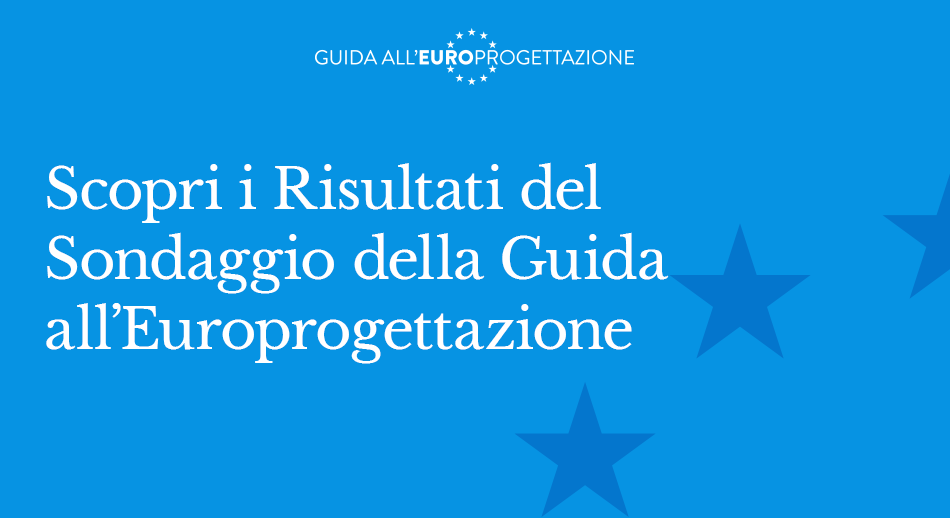We have recently completed a new survey to learn more about the Guide’s users and how to improve it. Let’s find out together
The results of the new survey
We sincerely thank all users of the Europlanning Guide who contributed to the recently concluded survey. Your opinions will help us further improve the Guide site and our service starting next year. Below, we return an overview of the responses received. The questions were particularly focused on the use of the Guide and the professional activities of its users.
A tool for professionals (but not only)
One of the first data to emerge from the survey is the use of the Guide by a predominantly professional user base. Indeed, the responses show a prevalence of professionals (84.5 percent), half of whom pertain to the private sector (workers and consultants, and for the remainder teachers, civil servants and third sector workers. Nearly 80 percent of users have a master’s degree or postgraduate degree. The data are in line with those of the previous survey .
Responses came from all areas of Italy, with a prevalence of Piedmont, Lombardy, Lazio and Campania (data in line with the Guide’s web metrics of use).
A “multitasking” tool that is appreciated and frequently used
Most users consult the Guide frequently, in 52% several times a week or several times a month.
Users consult the Guide for multiple purposes: half of users find it useful both as a source of news and updates, as a handbook to learn the basics of the subject, and as a tool for consultation and information on programs and calls for proposals. The Guide is also widely used for practical and methodical advice on Europrojecting and, to a lesser extent, access to videos, interviews and testimonials.
A variety of responses (multiple response was possible) that underscores the “multitasking” nature of the Guide’s use by its users.
96.5% of users find it useful. Given that 2.5 percent of survey respondents said they had not yet used it, the judgment of usefulness finds almost all users agreeing.
A tool to help with work
The positive effects of the Guide on users’ work are equally varied. Users particularly highlight how the Guide is helpful in developing European projects more effectively and providing better consulting and training services.
In addition to these two majority dimensions, users also emphasize the Guide’s usefulness as a turning point for their career path: for starting a business in this area, either on their own or within the organization, for competitions or for entering new job positions, and for completing a college or graduate degree.
The Guide is also widely used as a tool for approaching and raising awareness of europlanning (most of the responses specified under “Other” go in this direction).
An experienced and engaged audience on multiple fronts
Most survey participants have direct experience working on European projects (70.3 percent). Each user on average has experience on about three European funding lines and programs, confirming that the user audience has a broad view of the sector.
A tool to support European projects
The Europlanning Guide is an information tool, so it is complex to assess its direct impact in the submission or awarding of European projects. Nevertheless, two-thirds of users felt that the Guide was helpful in this regard. The average response is 3.04 (“good”).
An active audience on European projects
Processing the data on European project participation and funding shows that among those who have worked on European projects (70.3 percent), about half have submitted and won projects, one-third have submitted projects but have not yet won any, and the remainder have contributed to them in some other way (e.g., in execution).
Among those who have actually submitted European projects, about two-thirds have recently started or do not do it as their main activity (1-5 projects submitted); about one-third do it more regularly or definitely professionally (6-10 or more than 11 projects submitted). Also among those who have submitted European projects, about 40 percent say they have not yet won any, and a similar percentage say they have won between 1 and 5. About 15% of survey respondents won more than 6.
A more “professional” Guide
Based on this survey, we will try to better target the offerings of the Europlanning Guide to meet the needs of an experienced audience eager to deepen in operational terms their ability to submit and win European projects. Many of the suggestions received in the free fields of the survey confirm a desire for greater practicality and proximity to those working on European projects. We would like to take this opportunity to thank the many users who left positive likes, comments and testimonials in the survey space provided.




